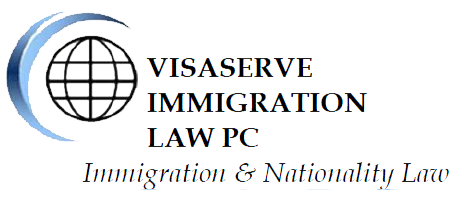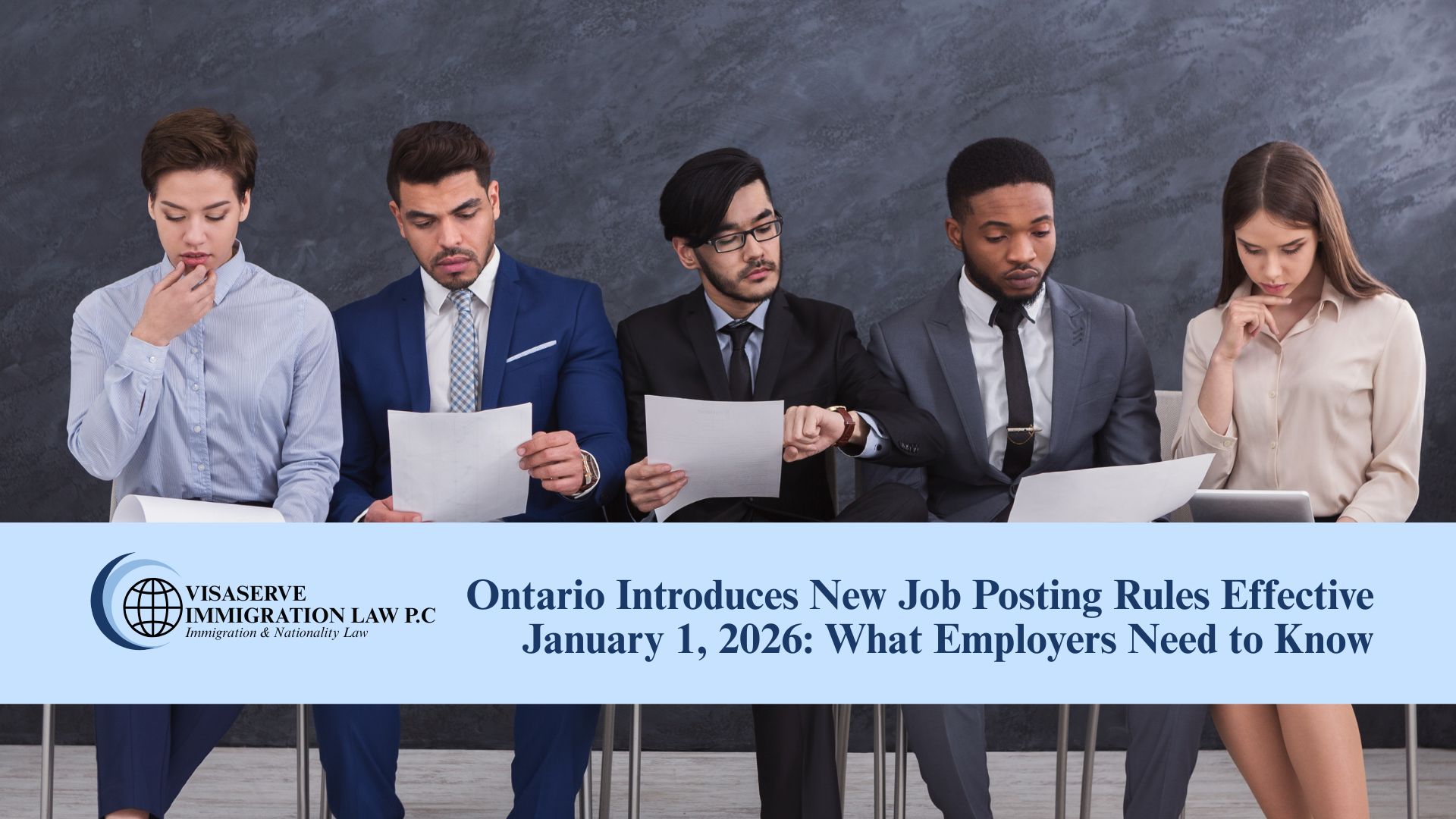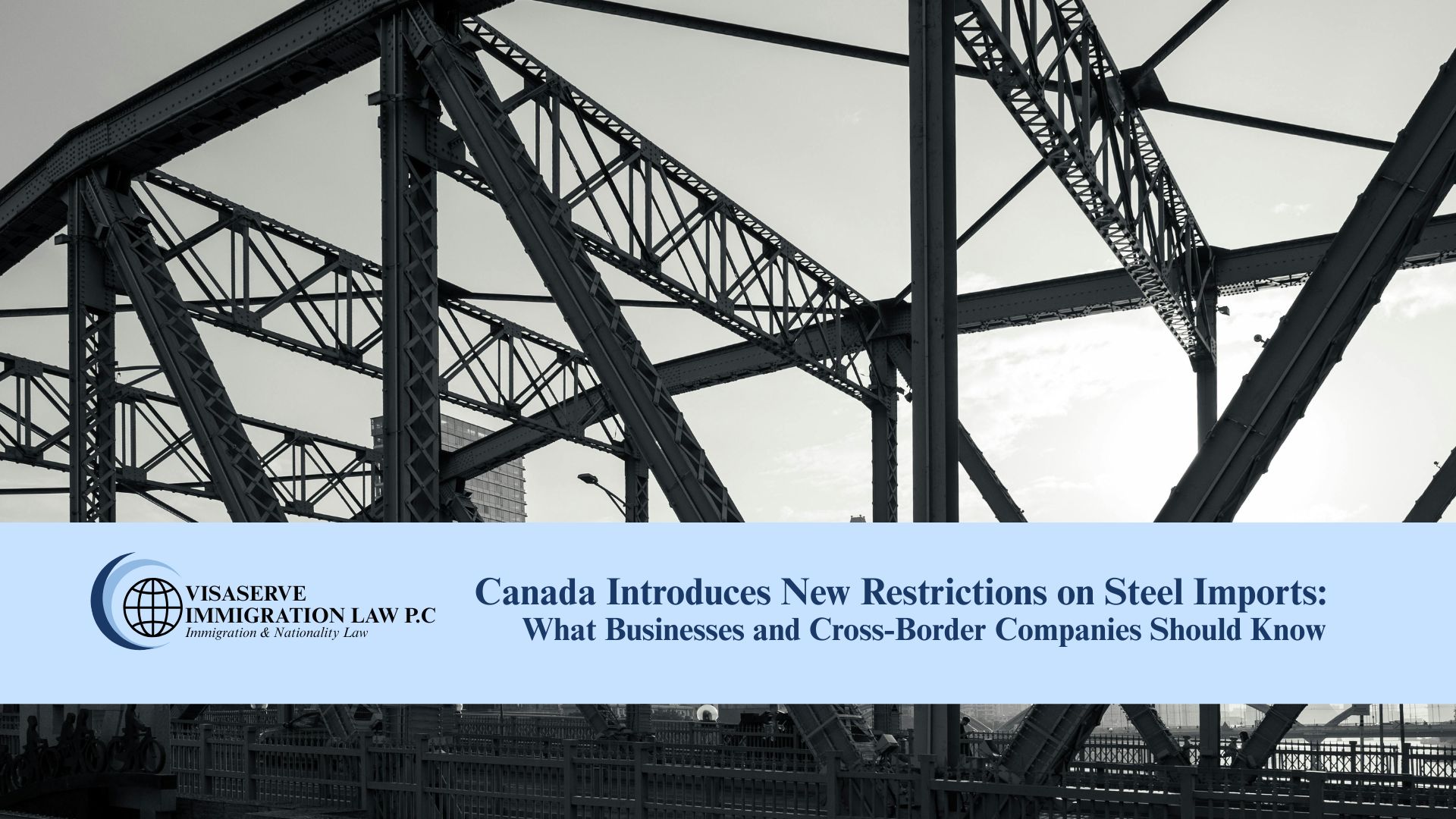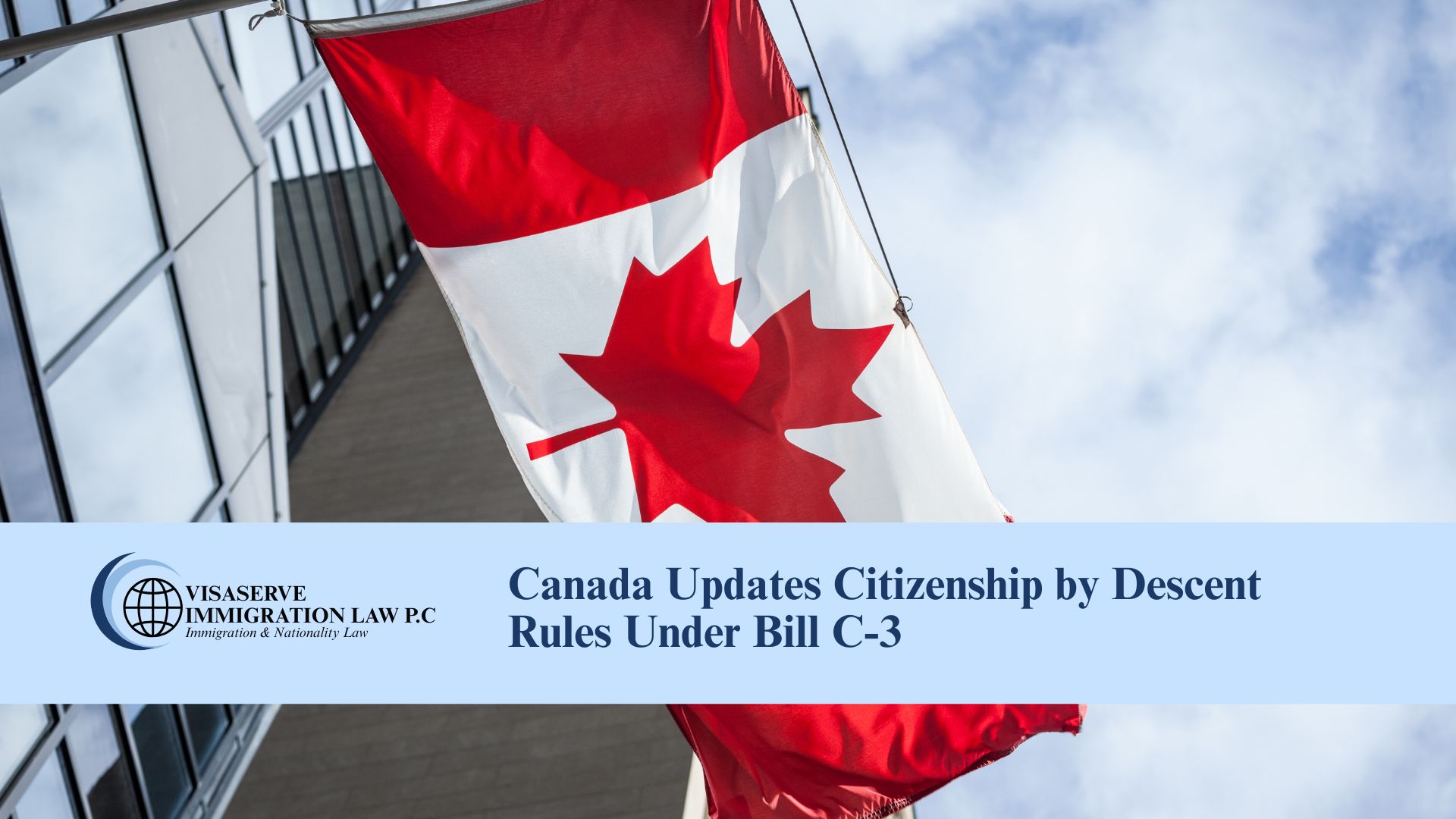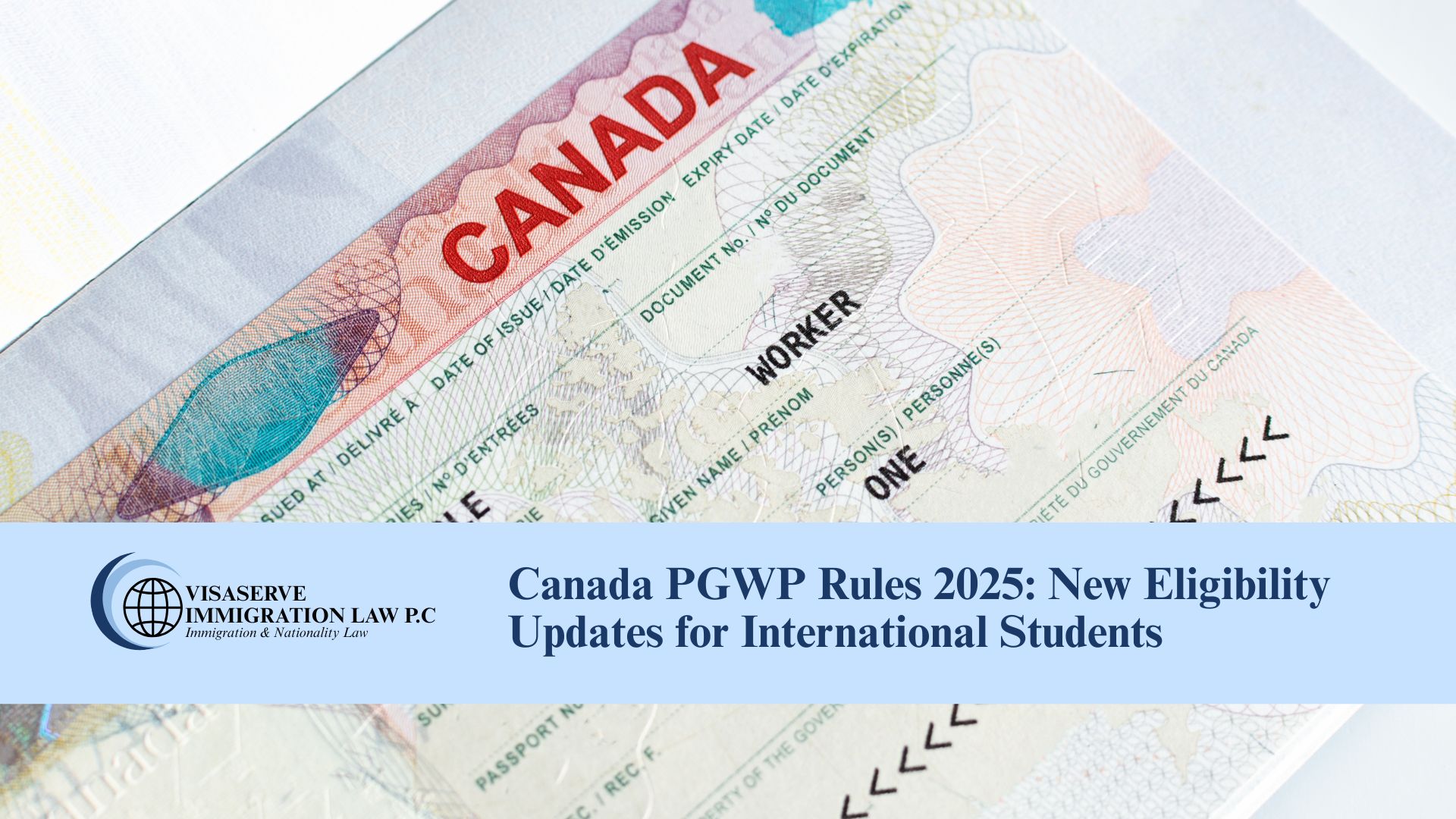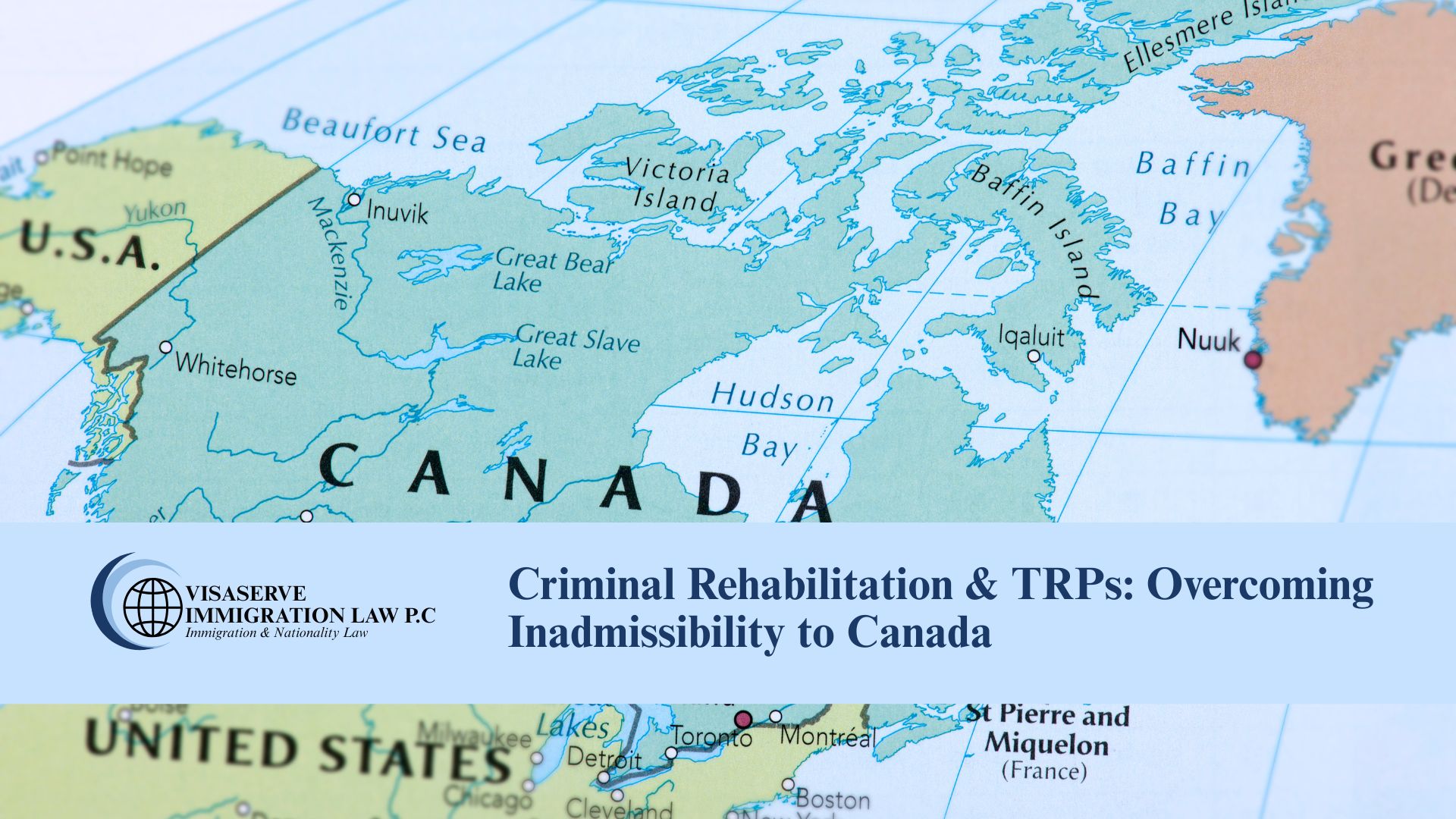Introduction:
The Canada-European Union (EU) Comprehensive Economic and Trade Agreement (CETA) stands as a hallmark of collaborative progress, offering novel opportunities for engineering and scientific technologists aiming for temporary positions in Canada. This article offers a concise guide to the nuances of acquiring work permits under this accord.
Key Changes and Updates:
Noteworthy is the amendment in the LMIA exemption code T48, a pivotal component for work permits under this category. Additionally, the initiation of the CUKTCA in April 2021 introduced distinct guidelines for UK nationals, underscoring the necessity for stakeholders to remain updated on procedural modifications.
Eligibility and Requirements:
Applicants are mandated to submit comprehensive documentation, including proof of EU citizenship, signed contracts, educational qualifications, and credentials verifying their professional proficiency in accordance with the destination province’s standards.
Canadian Employers’ Role:
Central to the process, Canadian companies are required to submit employment offers through the IRCC Employer Portal and settle the applicable compliance fee, thereby ensuring adherence to the International Mobility Program’s regulations.
Criteria for Applicants:
Distinct specifications exist for contractual service suppliers and independent professionals, with the former necessitating a year of employment with an EU enterprise and three years of sector-specific experience, and the latter requiring six years of self-employed professional experience.
Educational Prerequisites:
Educational credentials play a crucial role, with engineering technologists needing a three-year post-secondary degree in engineering technology, and scientific technologists requiring a comparable degree in an applicable scientific field.
Stay Duration and Extensions:
The permissible stay is restricted to 12 months within a 24-month timeframe or the contract’s length, with potential extensions subject to official discretion.
Application Processing in GCMS:
The accurate input of data in the Global Case Management System (GCMS) is essential, with officers ensuring the precise entry of case type, destination details, and the automatic population of LMIA Exemption Code and related fields from the employment offer.
Conclusion:
CETA opens up avenues for professional collaboration between Canada and the EU. For engineering and scientific technologists, a clear understanding of the requirements, eligibility criteria, and application process is essential to leverage the opportunities this agreement offers. Staying informed and adhering to the stipulated guidelines is key to a successful transition to temporary work in Canada.
At NPZ Law Group, our U.S. and Canadian lawyers seek to assist clients with regard to employment and family immigration issues. If you or your friends or family should have any questions about any aspect of U.S. and Canadian Immigration Law, please feel free to contact us at info@visaserve.com or you can call our office at 201-670-0006 (ext. 104). We look forward to being able to assist you.
